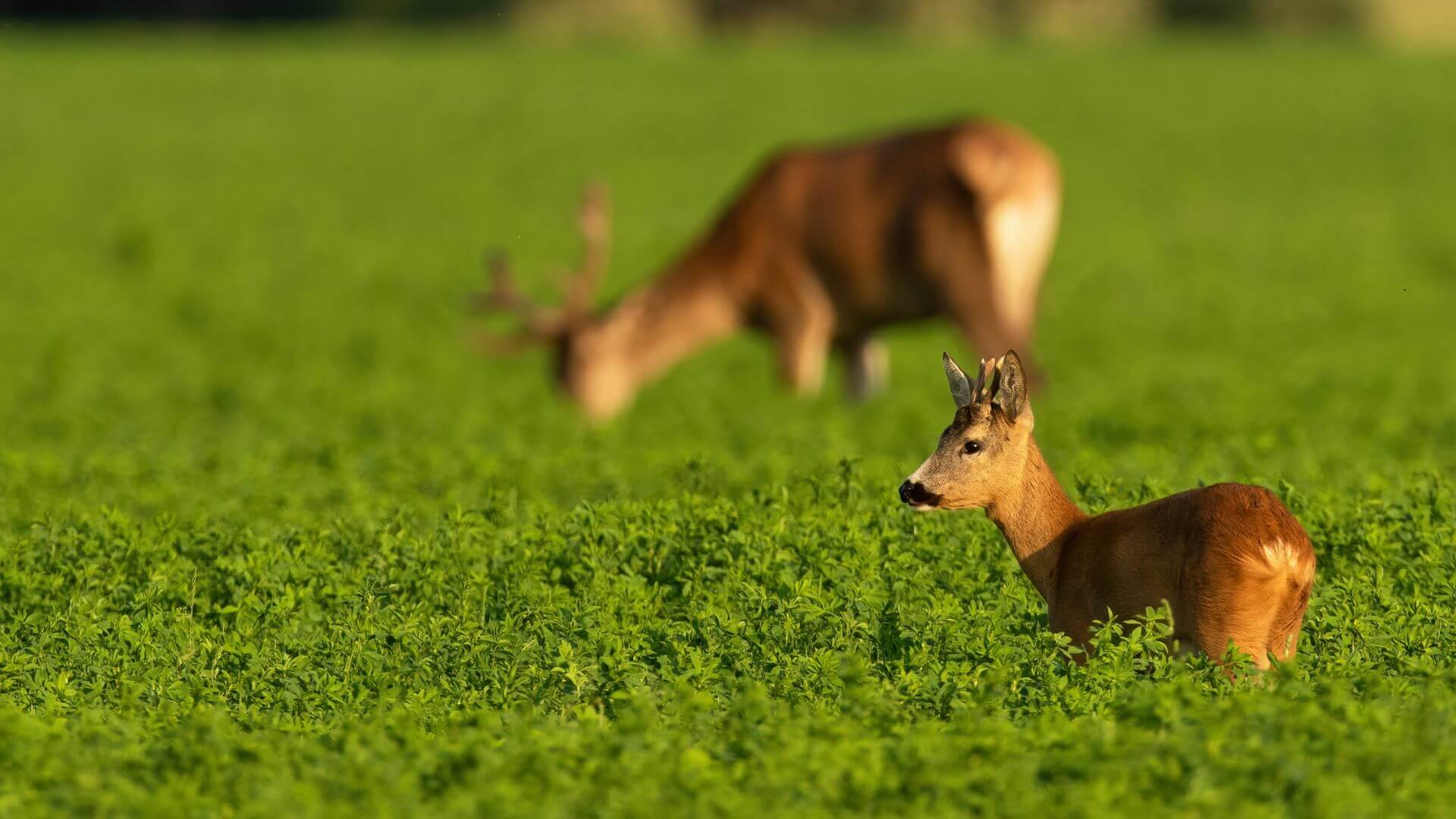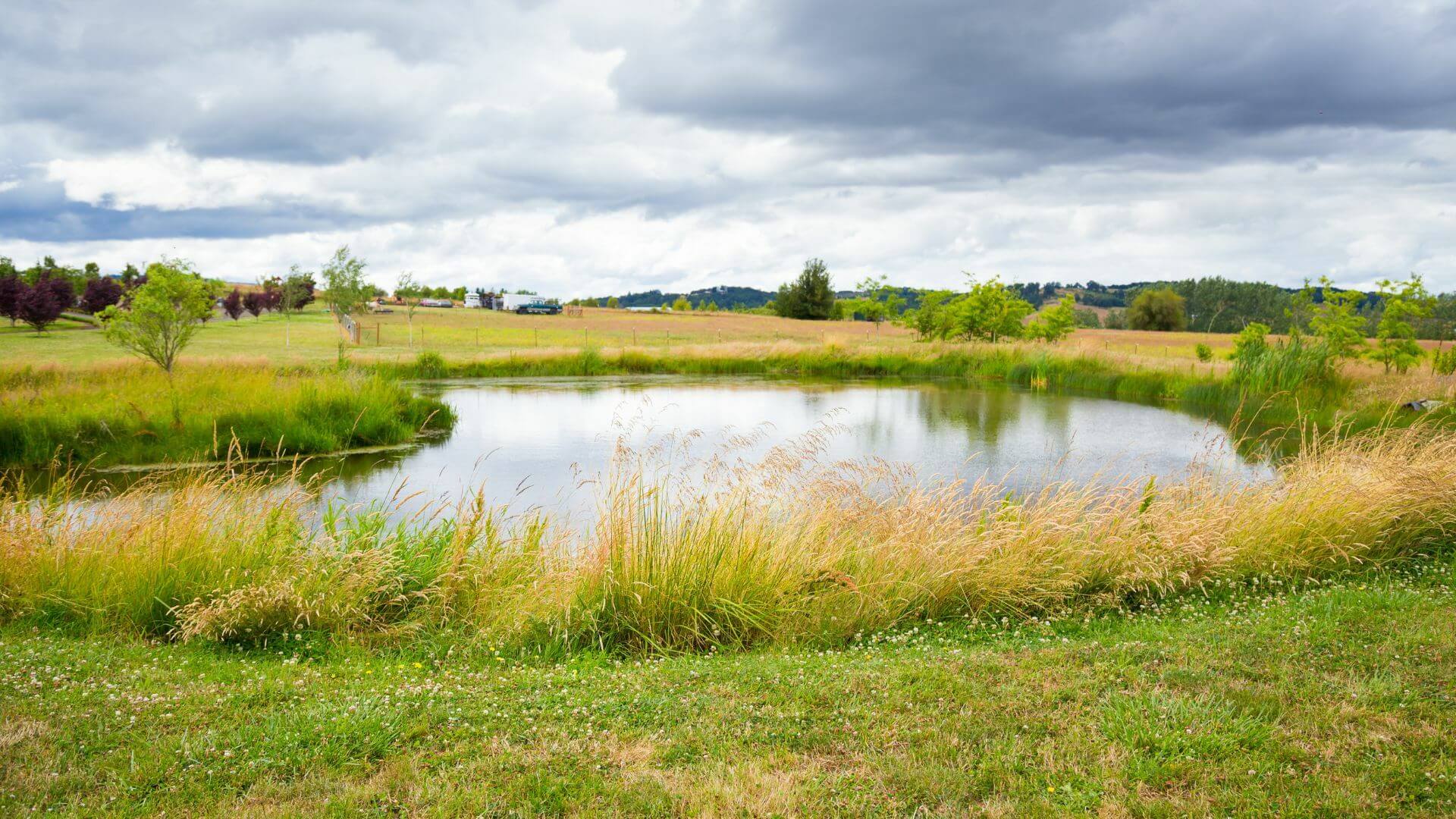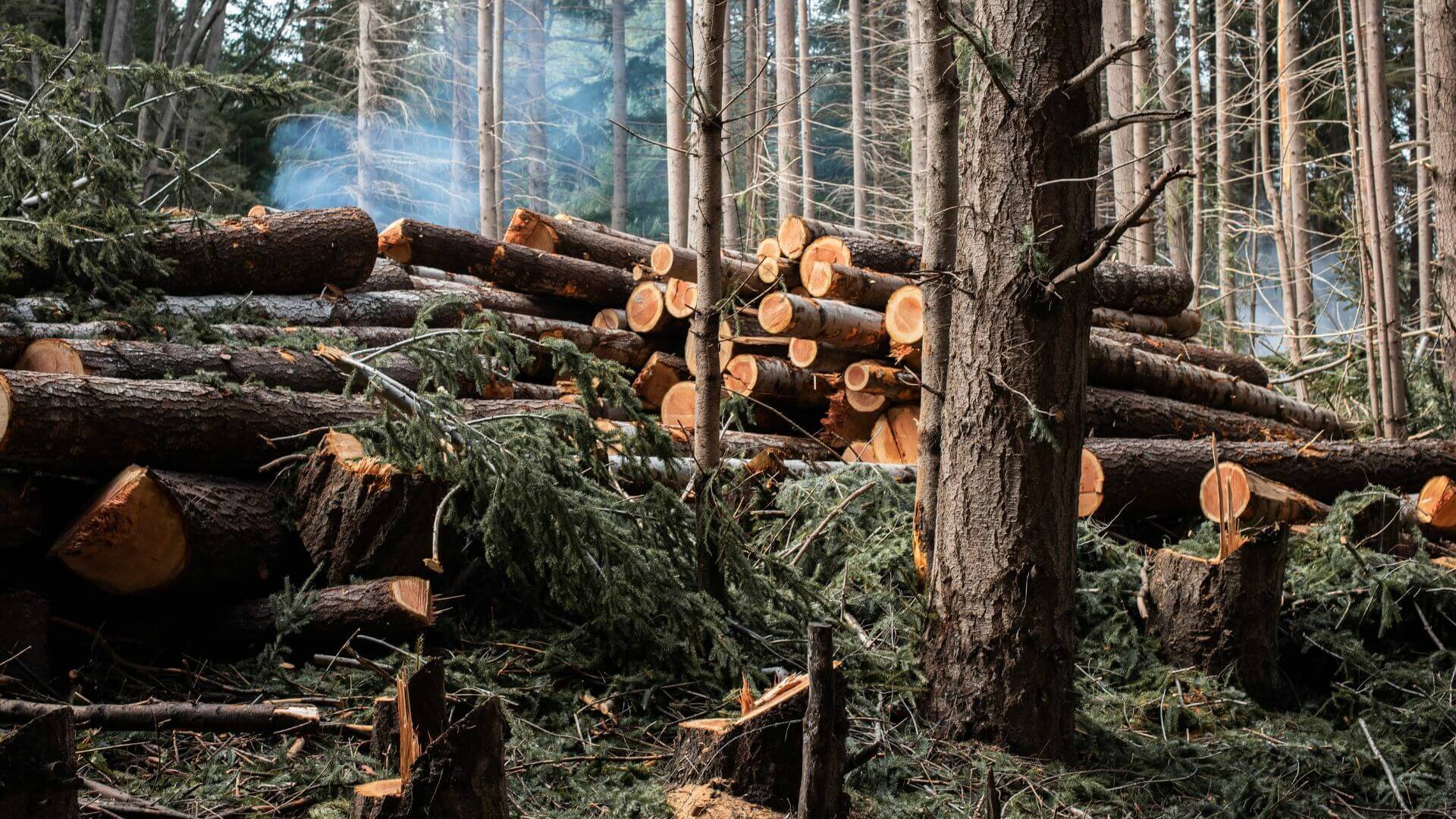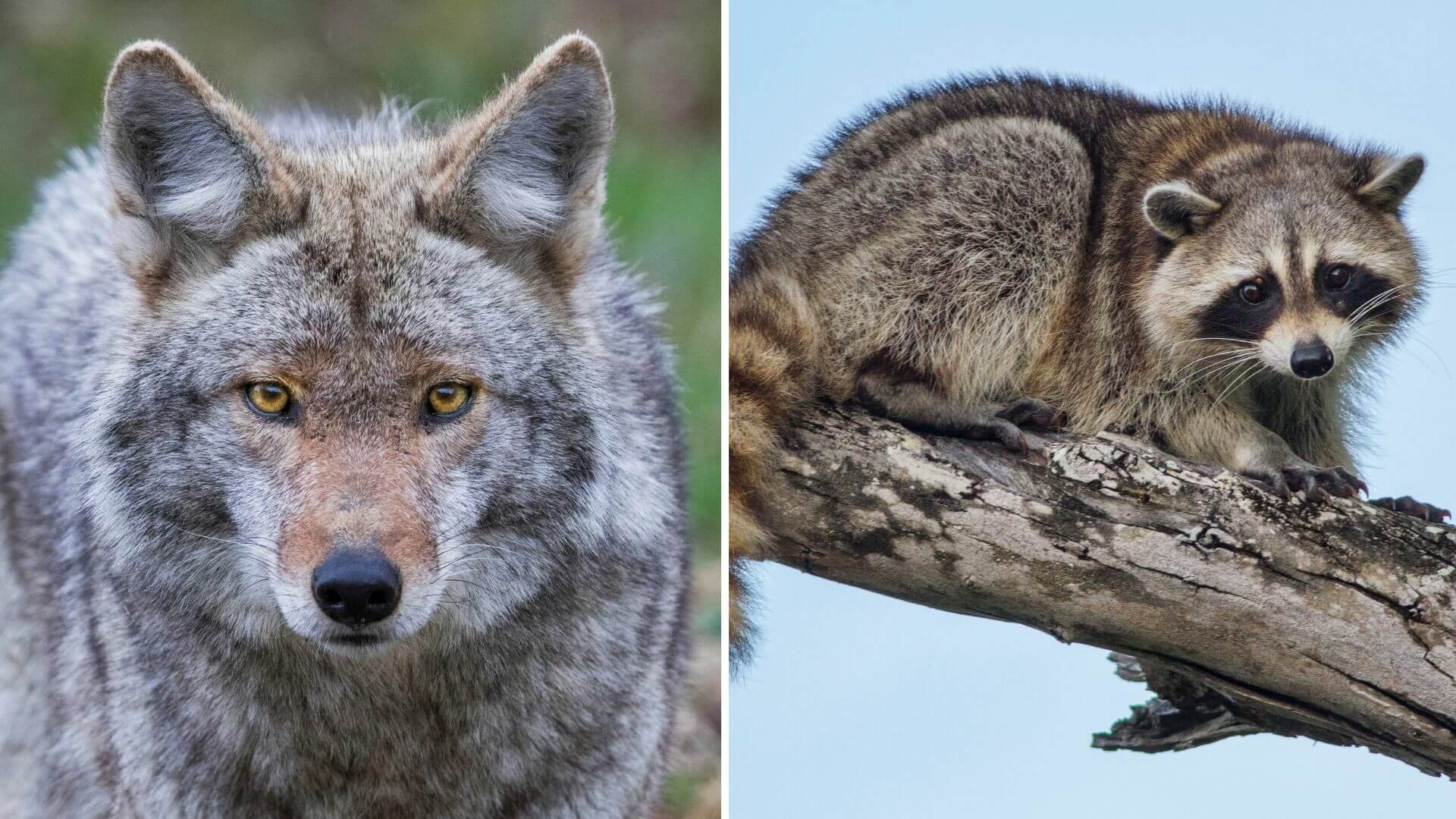If you’ve ever dreamed of turning your Michigan hunting property into a paradise for deer and other wildlife, you’re in good company. I’ve been hunting and managing land across the Great Lakes State for years, and I know firsthand what works—and what doesn’t. Let’s dive into how you can take your property from good to outstanding.
Why Bother With Land Management?
Michigan’s landscapes range from dense northern forests to open farmlands down south. Each type of land can attract deer, but without a solid management plan, even prime real estate won’t reach its full potential. Proper land management means better hunting, healthier wildlife, and a boost in property value. Plus, nothing beats seeing the fruits of your labor pay off come hunting season.
Step One: Know Your Land
 Before swinging a chainsaw or tilling up dirt, you’ve gotta get the lay of your land. Grab an aerial map or better yet, get boots on the ground. See what’s out there:
Before swinging a chainsaw or tilling up dirt, you’ve gotta get the lay of your land. Grab an aerial map or better yet, get boots on the ground. See what’s out there:
- Check out your vegetation. Is it mostly hardwoods, pines, or a mix?
- Any water sources nearby? Lakes, streams, even little ponds matter.
- Look at trails and structures already there.
- Peek over the fence. How are your neighbors managing their land?
Once you know your starting point, planning your next move gets way easier.
Food Plots: The Main Attraction
 Food plots aren’t just trendy—they’re the heart and soul of keeping deer around. Michigan deer are picky eaters, so give ’em what they want:
Food plots aren’t just trendy—they’re the heart and soul of keeping deer around. Michigan deer are picky eaters, so give ’em what they want:
- Clover and alfalfa plots keep deer coming back, especially during summer.
- Brassicas and oats are great choices for fall and winter.
- Do a soil test first—it might seem nerdy, but it saves headaches later.
One pro tip: always plant plots near thick cover. Deer love to snack where they feel safe.
Water, Water Everywhere… Or Maybe Not?
 If your land has natural water—awesome! Just keep those ponds or streams clean and clear. But if you’re running dry, building waterholes can be a total game-changer. Deer get thirsty too, and if your land is the local watering hole, you’ve struck gold. Just remember to keep these spots clean. Nothing sends deer packing faster than funky, stagnant water.
If your land has natural water—awesome! Just keep those ponds or streams clean and clear. But if you’re running dry, building waterholes can be a total game-changer. Deer get thirsty too, and if your land is the local watering hole, you’ve struck gold. Just remember to keep these spots clean. Nothing sends deer packing faster than funky, stagnant water.
Creating Deer-Friendly Cover
 Ever heard of hinge cutting? It’s where you partially cut trees and let them tip over. Sounds weird, but deer love the tangled mess for bedding. Throw in some switchgrass plantings nearby, and you’ve just created the deer equivalent of a five-star hotel.
Ever heard of hinge cutting? It’s where you partially cut trees and let them tip over. Sounds weird, but deer love the tangled mess for bedding. Throw in some switchgrass plantings nearby, and you’ve just created the deer equivalent of a five-star hotel.
Timber Stand Improvement (TSI): Not Just Fancy Logging
 Timber stand improvement isn’t just a buzzword; it seriously works. By selectively thinning trees, you let sunlight hit the forest floor, making tasty shrubs and forbs pop up like crazy. More food means more deer, simple as that. If you’re not comfy handling a chainsaw yourself, plenty of pros in Michigan can help out.
Timber stand improvement isn’t just a buzzword; it seriously works. By selectively thinning trees, you let sunlight hit the forest floor, making tasty shrubs and forbs pop up like crazy. More food means more deer, simple as that. If you’re not comfy handling a chainsaw yourself, plenty of pros in Michigan can help out.
Make Life Easier with Travel Corridors
You know how you prefer clear paths instead of bushwhacking through thick brush? Deer do, too. Cut some strategic trails from bedding spots to food and water. Edge feathering, where you gently thin trees along these paths, makes deer feel safe and cozy while traveling—great spots to set up a blind or stand.
Taming Those Pesky Predators
 Predators like coyotes and pests like raccoons can mess up your hard work. Keep tabs with trail cams, clear brush near nesting zones, and stay on the right side of the law if you’re going to manage them directly. A balanced ecosystem keeps the whole property humming smoothly.
Predators like coyotes and pests like raccoons can mess up your hard work. Keep tabs with trail cams, clear brush near nesting zones, and stay on the right side of the law if you’re going to manage them directly. A balanced ecosystem keeps the whole property humming smoothly.
Team Up With Neighbors
Managing land solo can feel overwhelming. Why not team up? Forming a cooperative with neighboring landowners can make projects like controlled burns or large-scale planting way easier. Plus, deer don’t understand property lines—they’ll appreciate your neighborly teamwork.
Take Advantage of Michigan’s Resources
Michigan’s DNR and conservation groups have tons of resources, advice, and sometimes even funding available. Check out programs like the Stewardship Incentive Program. A quick call or visit to their website can unlock resources you didn’t even know existed.
Keep an Eye on the Prize
Once you’ve got everything rolling, don’t just set it and forget it. Keep track of your successes and slip-ups:
- Run trail cams to spy on deer movements.
- Check food plot health regularly.
- Keep detailed hunting logs.
Your land management plan should stay flexible—always adjust based on what you’re seeing out there.
Wrapping It All Up
Improving your hunting property in Michigan takes effort, patience, and maybe some sweat equity—but trust me, it’s worth it. Each improvement, from the smallest waterhole to the biggest food plot, gets you closer to having the ultimate hunting ground. Start small, dream big, and stay committed. Your future hunting stories depend on it.